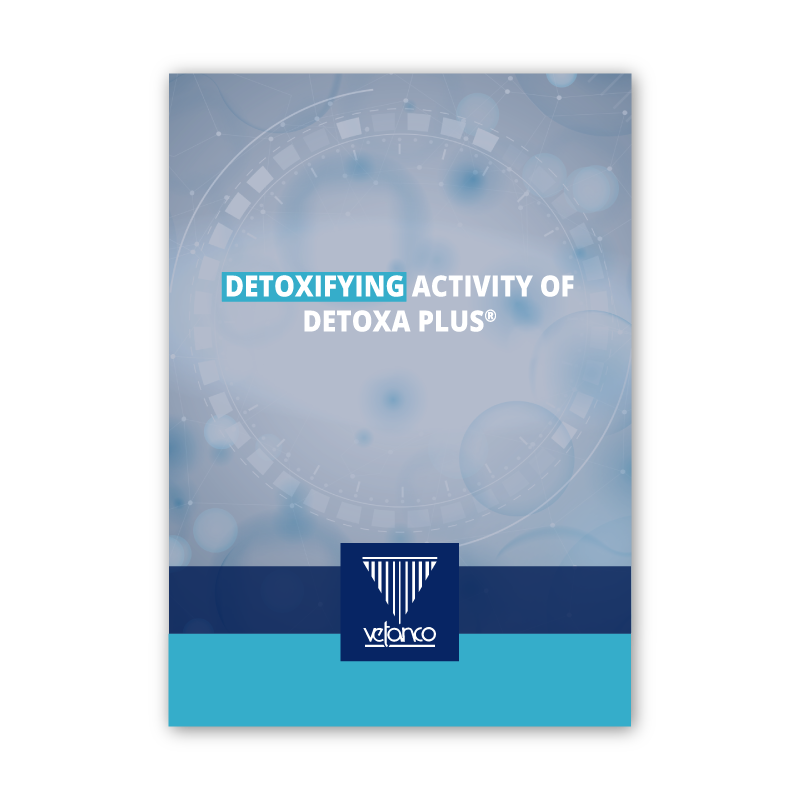
The following work is a summary and interpretation of the scientific article published in the journal TOXINS NUMBER 8, on October 15, 2019.

The following work is a summary and interpretation of the scientific article published in the journal TOXINS NUMBER 8, on October 15, 2019.